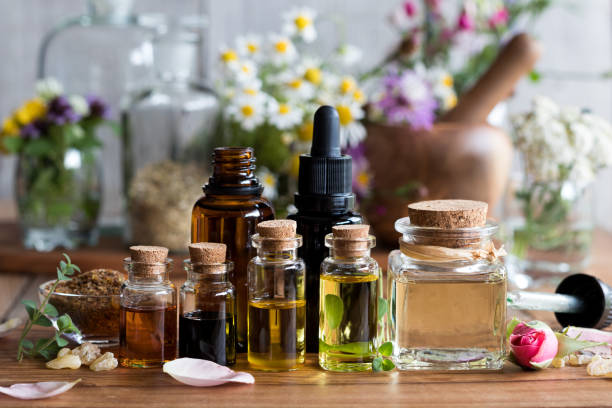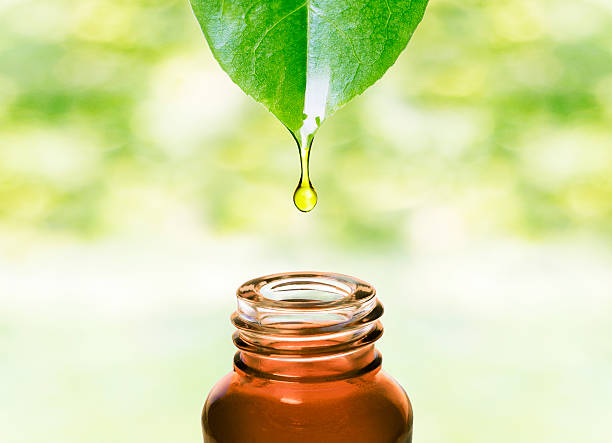The Complete Guide to Cleaning Essential Oil Bottles for Reuse and Sustainability
May 01, 2024
Why Proper Cleaning of Essential Oil Bottles Matters
Whether you're a small business refilling oils or a DIY user creating your own blends, properly cleaning essential oil bottles is crucial. Residual oils can become rancid, contaminate new blends, or react with new ingredients. Plus, thorough cleaning supports sustainable packaging practices.

Materials You'll Need
1. To clean essential oil bottles effectively, gather the following items:
2. Hot water (distilled preferred)
3. White vinegar or rubbing alcohol (70%–91%)
4. Liquid dish soap (fragrance-free)
5. Small bottle brush or pipe cleaners
6. Tweezers or tongs
7. A drying rack or clean paper towels
Step-by-Step Cleaning Process
Step 1: Disassemble the Bottle
Remove the cap, dropper, or sprayer. Separate all components including orifice reducers.
Step 2: Rinse with Hot Water
Fill the bottle halfway with hot water, shake, and pour out. Repeat twice to loosen oil residue.
Step 3: Soak in Vinegar or Alcohol Solution
Mix equal parts hot water and white vinegar or isopropyl alcohol. Soak all components for at least 1 hour (overnight for stubborn oils like patchouli or vetiver).
Step 4: Scrub the Interior
Use a bottle brush or pipe cleaner to gently scrub inside the bottle and cap. Be careful not to damage any soft plastic parts.
Step 5: Use Dish Soap for Final Wash
Add a drop of dish soap, shake with warm water, and rinse thoroughly to remove all residues.
Step 6: Air Dry Completely
Place the bottle and its parts upside down on a clean rack or paper towel. Let air dry for 24 hours before reuse.
Tips for Deep Cleaning Stubborn Oils
Some essential oils—like clove, cinnamon, or resin-based oils—leave behind tough residues. Here's how to handle them:
Use baking soda paste: Acts as a gentle abrasive for inside walls.
Try citrus essential oil: Ironically, lemon oil can break down sticky residues due to its natural solvent properties.
Freeze and chip: For resin clumps, freezing bottles briefly makes hardened oils easier to remove.
How Often Should You Clean Bottles?
After every use, especially when changing oils.
Before refilling, even with the same oil (to prevent oxidation).
Every 3–6 months, for bottles in long-term storage.
Sustainable Practices: Reuse vs. Recycle
While recycling glass essential oil bottles is one option, reusing is more eco-friendly. Many sustainable beauty and wellness brands now incorporate refillable packaging models to reduce waste.
According to Eco & Beyond, reusing glass can cut carbon emissions by up to 40% compared to recycling. Brands like doTERRA and Plant Therapy also recommend bottle reuse for their customers.

All in all,cleaning essential oil bottles is more than just a maintenance task—it's part of responsible usage and eco-conscious living. Whether you're a brand or a user, implementing these best practices not only extends the life of your packaging but also supports a more sustainable future.

